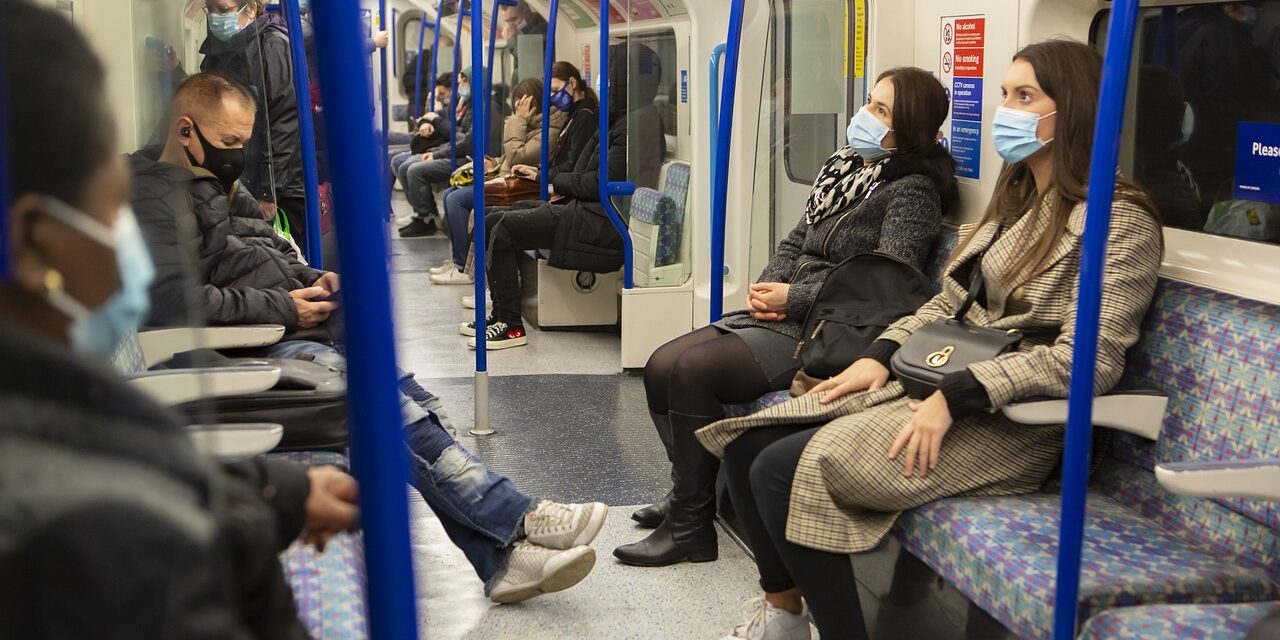The COVID-19 pandemic has indelibly altered the fabric of global society, creating seismic shifts in various sectors including healthcare, the economy, education, and social interactions. As of 2023, it is becoming increasingly clear that the repercussions of the pandemic extend far beyond the immediate health crisis. This essay delineates the multifaceted after-effects of COVID-19, informed by statistical analyses and empirical examples, to illustrate how profoundly the world has changed since the onset of the pandemic.
To begin with, the healthcare system has witnessed substantial transformations. The pandemic underscored pre-existing vulnerabilities in health infrastructure worldwide, leading to an urgent need for systemic reforms. According to the World Health Organization (WHO), the pandemic resulted in over 6.8 million reported deaths, revealing stark disparities in healthcare access and quality. Countries like the United States and Brazil experienced some of the highest mortality rates, exacerbating conversations around healthcare equity. In response, nations worldwide have initiated significant investments in public health infrastructure; for instance, the U.S. allocated $1.9 trillion in stimulus funds under the American Rescue Plan to bolster health systems.
Moreover, the vaccine development and distribution landscape has been profoundly revolutionized. The unprecedented speed of vaccine development—often described as a “medical miracle”—saw effective vaccines being developed within a year of the virus’s identification. By late 2021, over 9.5 billion doses of vaccines had been administered globally. This rapid progression has sparked discussions about the future of vaccine technology, particularly messenger RNA (mRNA) vaccines, which are now being explored for a variety of infectious diseases, as evidenced by ongoing clinical trials for mRNA-based vaccines for influenza and HIV.
Economically, the ramifications of COVID-19 have been equally prominent. The International Monetary Fund (IMF) estimated that the global economy contracted by 3.5% in 2020, the most severe recession since the Great Depression. In contrast, the economic recovery has been uneven, with advanced economies rebounding quicker than developing nations. For example, the GDP of advanced economies grew by 5.6% in 2021, while emerging markets and developing economies only experienced a growth of 3.3%. The disparity in recovery underscores long-standing issues of economic inequality and highlights the urgent need for policies that promote inclusive growth.
Significantly, the pandemic has accelerated changes in the labor market that were already underway. Telecommuting became a necessity during the peak of the pandemic, with a McKinsey survey indicating that 62% of employed Americans worked from home in some capacity. This shift has led to a reevaluation of workplace dynamics, with many organizations embracing hybrid work models. According to a Gallup poll, as of late 2022, 54% of employees preferred a hybrid work arrangement, fundamentally altering the employer-employee relationship and fostering a culture of flexibility and work-life balance. Companies like Slack and Twitter have embraced fully remote models, indicating a fundamental shift in the nature of work.
Education systems have also undergone significant challenges and transformations. The pandemic forced institutions worldwide to pivot to online learning, with UNESCO reporting that over 1.5 billion pupils were affected by school closures at the pandemic’s height. This interruption has highlighted gaps in digital literacy and access to technology, effectively exacerbating educational inequalities. In response, many countries have made significant investments in digital education infrastructure. For instance, India launched the PM eVIDYA initiative, aiming to provide education through various digital platforms. However, as students returned to in-person education, educators are grappling with the long-term impacts of learning loss and mental health challenges exacerbated by social isolation.
Finally, the pandemic has contributed to a reevaluation of social norms and relationships. Mental health has gained prominence as a critical public health issue. The WHO reported a 25% increase in anxiety and depression globally during the first year of the pandemic. This escalation has prompted many organizations to prioritize mental health initiatives, reflectively expanding employee assistance programs and promoting mental wellness as a vital component of work culture.
In conclusion, the after-effects of COVID-19 are profound and far-reaching, touching upon various aspects of life globally. The pandemic has prompted necessary reforms in healthcare, revealed the vulnerabilities of global economies, transformed workplace dynamics, disrupted educational structures, and elevated the discourse surrounding mental health. As societies continue to navigate the repercussions of this unprecedented event, it is imperative to harness these lessons for future resilience and adaptability. The pandemic serves not merely as a catalyst for change but as an opportunity to reimagine and improve societal structures for generations to come.

